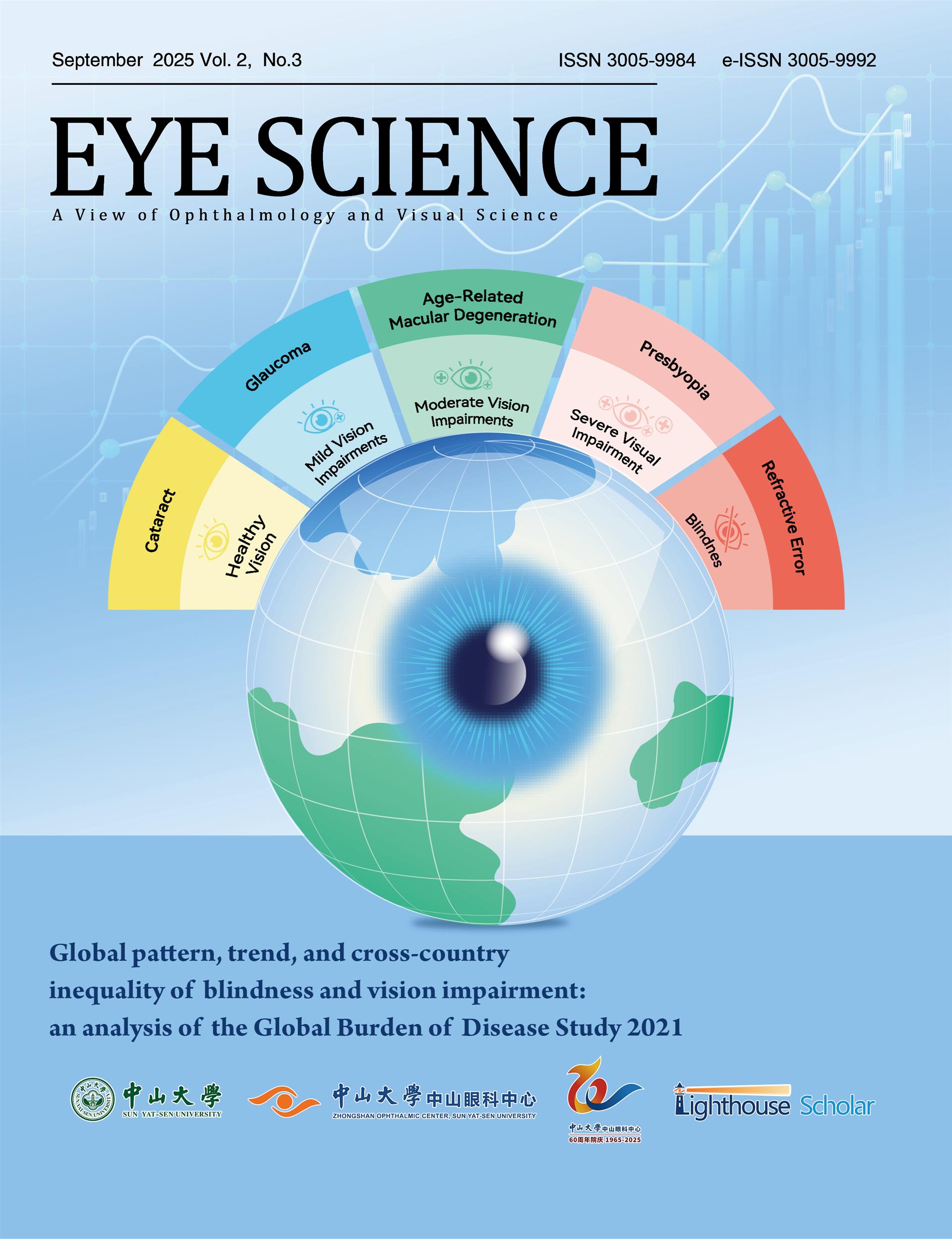Purpose: Strabismus is associated with a higher prevalence of idiopathic thoracic scoliosis (ITS) in children. This study aims to investigate whether superior oblique palsy (SOP) poses a higher risk for developing ITS among children and adolescents. Methods: A cross-sectional study. The study group comprised 347 consecutive candidates for SOP surgery aged 4 to 18 years; Patients within the same age range with ocular trauma were enrolled as the control group. Preoperative chest plain radiographs were used to measure the Cobb angle. Demographic information and clinical data, including diopter, best corrected visual acuity, deviation degree, and binocular function, were analyzed. Results: A significantly higher prevalence of ITS was found in study group compared with control group (12.68% vs 4.18%,P < 0.001) . Additionally, the mean Cobb angle was lagger in SOP group than that in control group (5.02°±3.87° vs 3.84°±3.09°, P < 0.001). Males in SOP group showed a higher prevalence of ITS (12.9% vs 2.87%, P = 0.007), but there was no significant difference in females between two groups (12.3% vs 7.69%, P = 0.295). Good near stereopsis acuity was significantly associated with high prevalence of thoracic scoliosis (P < 0.001). Multivariate logistic regression analysis revealed that a large distant magnitude of deviation (>20 PD) and near stereoacuity were significantly associated with ITS. Conclusions: Patients with SOP have a significantly higher risk of developing idiopathic thoracic scoliosis, especially those with good near stereoscopic and large distant magnitude of deviation.

















